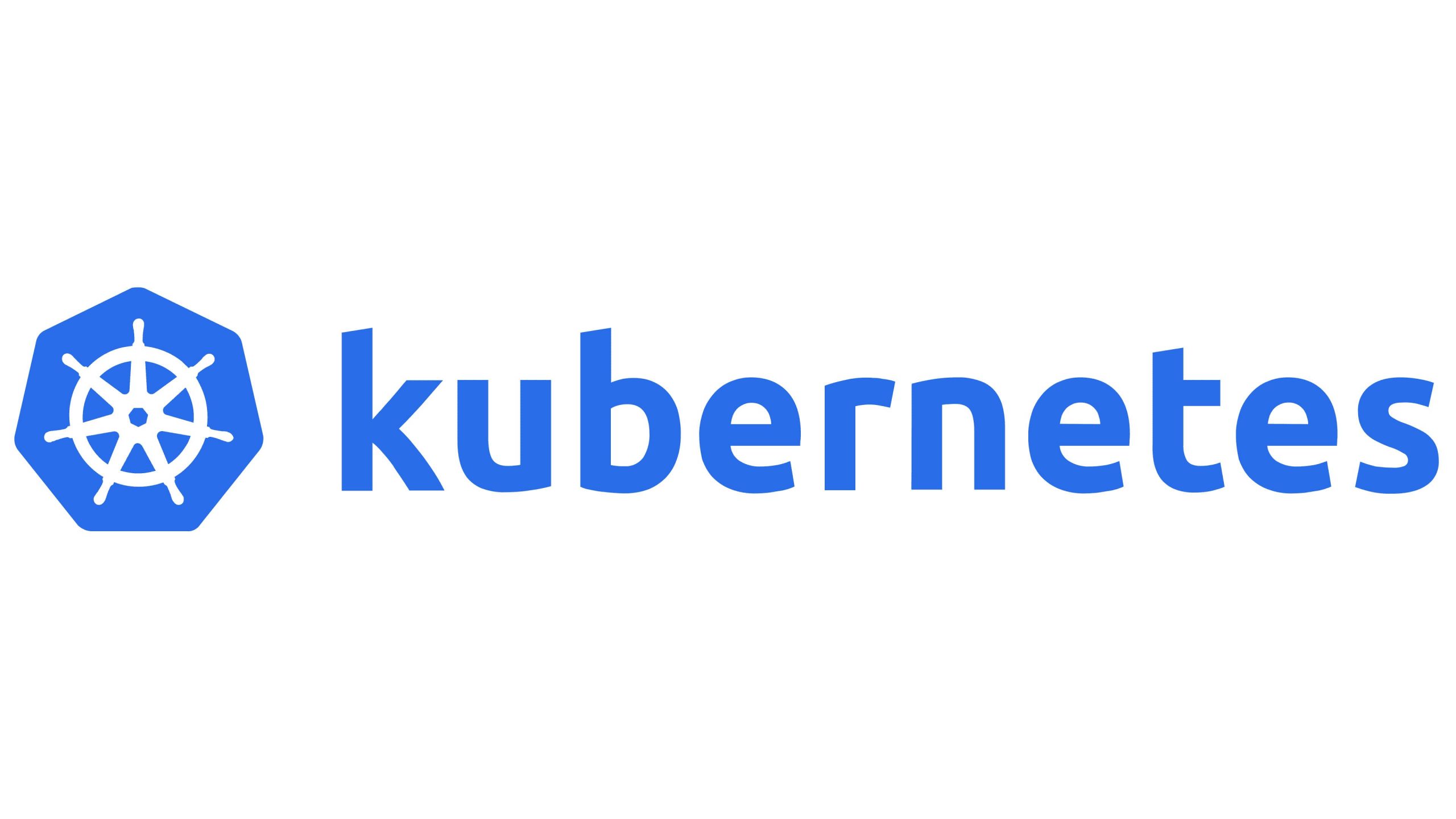Introduction
In Kubernetes, managing deployment rollouts is crucial for ensuring seamless updates to your applications while maintaining high availability. This tutorial will guide you through the process of deploying applications and efficiently managing rollouts using Kubernetes.
Prerequisites
Before you begin, ensure you have the following:
- Basic knowledge of Kubernetes concepts
- Access to a Kubernetes cluster
kubectlcommand-line tool installed
Key Concepts
Before diving into deployment rollout, let’s understand key concepts:
- Deployment: Kubernetes Deployment manages a set of replicated Pods, ensuring they are available and updated as needed.
- Rolling Update: A strategy for updating Pods in a Deployment one-by-one, ensuring there’s no downtime during the update process.
- Rollout: The process of deploying or updating a Kubernetes application.
Step 1: Create a Sample Deployment
Let’s start by creating a simple Nginx deployment to demonstrate rollout.
# nginx-deployment.yaml
apiVersion: apps/v1
kind: Deployment
metadata:
name: nginx-deployment
spec:
replicas: 3
selector:
matchLabels:
app: nginx
template:
metadata:
labels:
app: nginx
spec:
containers:
- name: nginx
image: nginx:latest
ports:
- containerPort: 80Apply the deployment:
kubectl apply -f nginx-deployment.yamlStep 2: Verify Deployment
Check the status of the deployment:
kubectl get deploymentsYou should see the nginx-deployment listed with 3 replicas.
Step 3: Perform a Rolling Update
Now, let’s update the Nginx image version.
kubectl set image deployment/nginx-deployment nginx=nginx:1.19.10Kubernetes will perform a rolling update, replacing each Pod with the updated version while ensuring the desired number of replicas are maintained.
Step 4: Monitor Rollout Progress
Monitor the rollout status:
kubectl rollout status deployment/nginx-deploymentYou’ll see the status of the rollout, indicating whether it’s in progress or completed.
Step 5: Rollback (Optional)
If needed, rollback to the previous version:
kubectl rollout undo deployment/nginx-deploymentThis will revert the deployment to the previous version.
Conclusion
With these steps, you can confidently update your applications without downtime, ensuring a seamless user experience.


